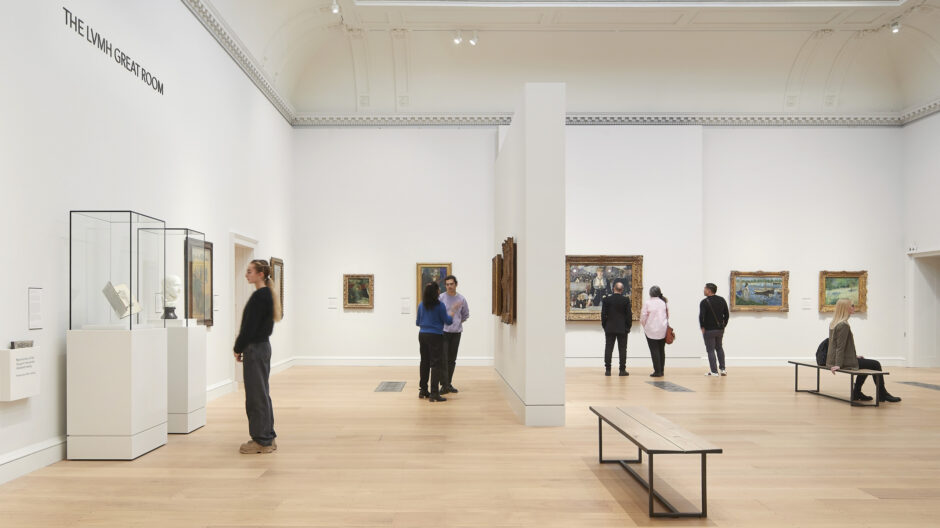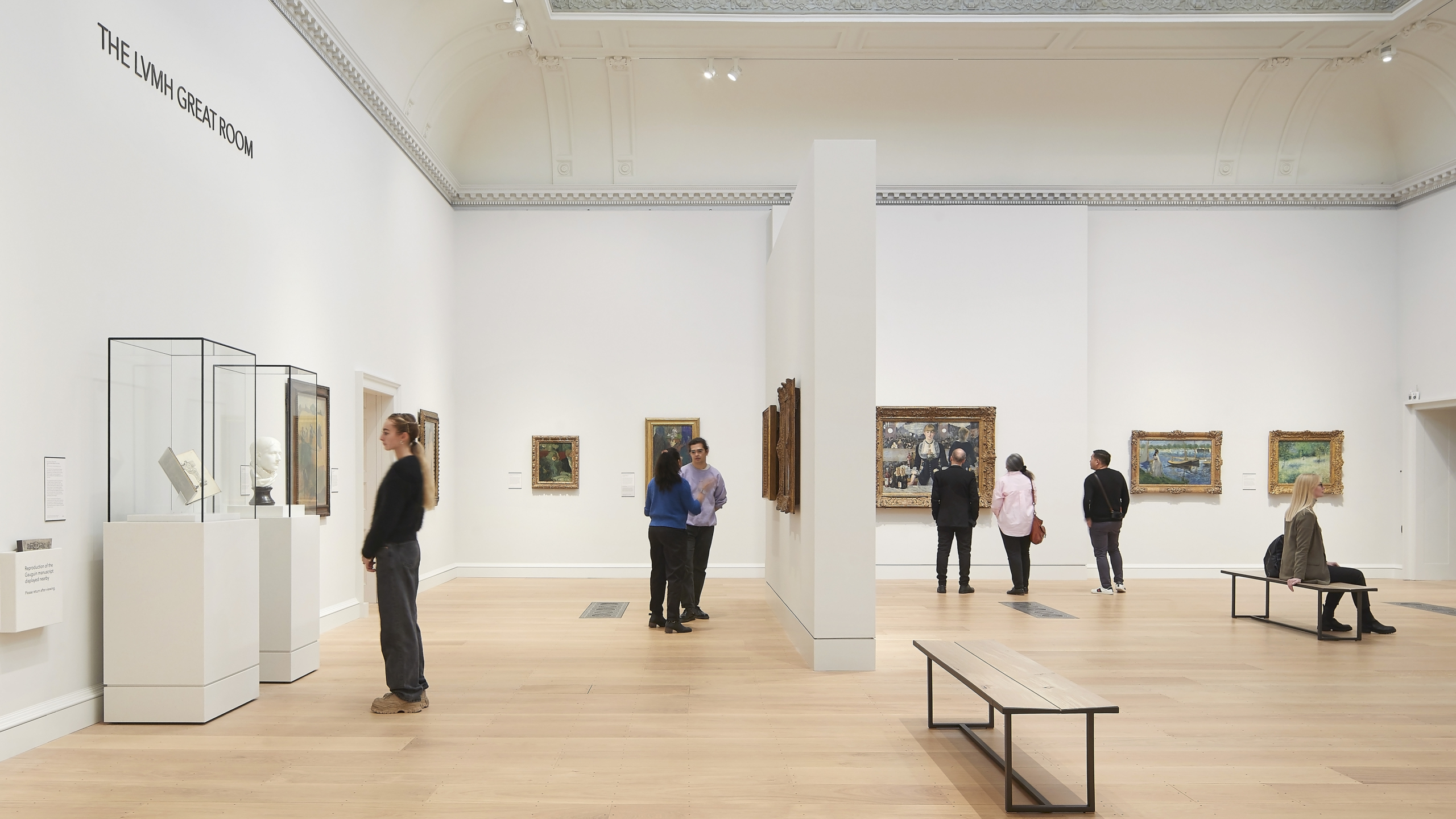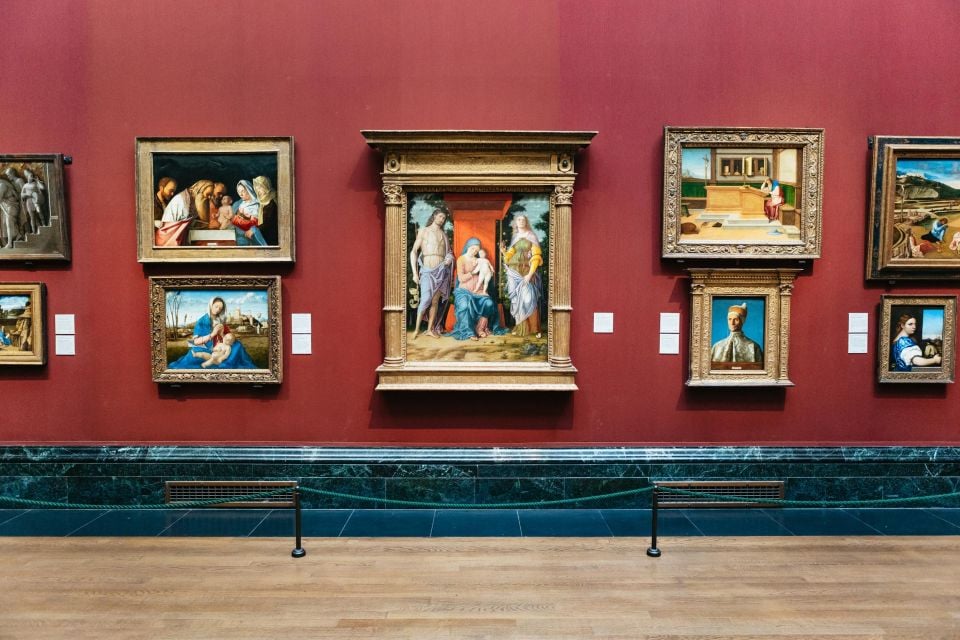Exploring the Cultural Canvas: A Guide to London’s Top Art Galleries

Introduction
Overview of London’s Art Scene
London’s art scene is vibrant and diverse, offering a mosaic of creativity that reflects its rich history and cultural tapestry. From contemporary installations to classical masterpieces, the spectrum is astounding. Art enthusiasts can delve into various forms of expression across the city, whether exploring street art in Shoreditch or the latest exhibitions at renowned institutions like the Tate Modern.
Importance of Art Galleries in Cultural Exploration
Art galleries play a pivotal role in navigating this expansive scene. They serve as gateways to understanding different cultures and artistic movements. Here are a few reasons why these spaces are essential:
- Cultural Exchange: Galleries host international artists, fostering a dialogue between traditions.
- Learning Opportunities: Many offer workshops, lectures, and guided tours, enhancing visitor engagement.
- Community Engagement: Local galleries often collaborate with nearby schools and artists, promoting inclusivity.
These factors make London’s art galleries critical in exploring and appreciating the city’s extensive artistic offerings.

History of Art Galleries in London
Evolution of Art Galleries
The evolution of art galleries in London is a story of transformation and adaptation. Originally, art was primarily accessible through private collections and royal patronage. Over time, the shift toward public exhibitions began to take shape, allowing the general public to engage with art more freely.
- 18th Century: Establishment of the Royal Academy in 1768.
- 19th Century: Emergence of galleries dedicated to contemporary art.
- 20th Century: Rise of alternative spaces and the advent of multimedia exhibitions.
Iconic Art Galleries in London
Some galleries have become landmarks in their own right, shaping London’s artistic landscape.
- The British Museum: Showcasing art and antiquities from around the globe.
- The Tate Gallery: Known for housing British art from the 1500s to the present.
- The National Gallery: A hub for Western European paintings from the 13th to 19th century.
These institutions not only preserve art history but also fuel the city’s artistic progression, inviting both locals and tourists into the evolving narrative of visual expression.

Top Art Galleries in London
Tate Modern
Tate Modern is a powerhouse of contemporary art, housed in a repurposed power station along the banks of the Thames. Visitors are continually amazed by the cutting-edge installations and vast collections.
- Key Highlights: Works by Picasso, Warhol, and Hockney.
- Unique Features: The Turbine Hall, hosting large-scale installations.
The National Gallery
Next, The National Gallery offers an incredible collection of Western European paintings, providing a deep dive into art history.
- Must-See Works: Van Gogh’s “Sunflowers” and Da Vinci’s “The Virgin of the Rocks.”
- Visitor Perks: Free admission to the permanent collection ensures accessibility for all.
Saatchi Gallery
Lastly, the Saatchi Gallery focuses on contemporary art, showcasing up-and-coming artists alongside established names.
- Special Features: Regularly changing exhibitions highlighting contemporary issues.
- Community Engagement: Often collaborates with local schools and organizations to promote art appreciation.
These top galleries not only illustrate London’s rich artistic heritage but also serve as pivotal spaces for innovation and community engagement.

Specialized Galleries and Hidden Gems
Contemporary Art Galleries
Diving deeper into London’s art scene, contemporary art galleries showcase innovative works that often challenge traditional norms. These spaces are where the cutting-edge meets creativity.
- Notable Ones: White Cube and Lisson Gallery.
- Unique Offerings: Installations that engage with social issues or emerging technologies.
Happenstance led me to an unforgettable exhibition at a contemporary gallery, showcasing local talents pushing boundaries, proving that art continues to evolve.
Small Independent Galleries
Don’t overlook small independent galleries; they are the heartbeat of London’s artistic community. Often tucked away in charming neighborhoods, they provide a platform for emerging artists.
- Why Visit: Intimate settings and unique collections.
- Hidden Gems: Places like The Approach and Jessica Carlisle Gallery.
These independent spaces offer visitors the chance to discover fresh perspectives and cultivate connections with artists, creating a rich tapestry of cultural exploration in the city.

Art Exhibitions and Events in London
Annual Must-See Exhibitions
London’s art calendar is packed with annual must-see exhibitions that draw art lovers from around the world. These events showcase everything from the classics to groundbreaking contemporary works.
- Noteworthy Examples: The summer exhibition at the Royal Academy and the Frieze Art Fair in October.
- Why Attend: These exhibitions often feature exclusive artworks and provide insights into current artistic trends.
I remember waiting in line for the Turner Prize exhibition, where the electric energy among attendees made the experience even more memorable.
Cultural Events at Galleries
In addition to exhibitions, galleries host vibrant cultural events that enrich the art experience. These events can range from artist talks and panel discussions to film screenings.
- Engagement Opportunities: Workshops, family-friendly events, and art walks.
- Community Interaction: Many galleries welcome local artists for pop-up exhibitions or collaborative art projects.
These cultural gatherings foster a sense of community, allowing both artists and audiences to connect, share knowledge, and inspire one another.

Navigating London’s Art Galleries
Tips for Visitors
Navigating London’s vast array of art galleries can seem daunting, but a few tips can enhance your experience and make it more enjoyable.
- Plan Ahead: Check exhibition schedules online to avoid missing out on must-see shows.
- Free Admissions: Take advantage of free entries at many galleries to explore with minimal spending.
- Guided Tours: Consider joining guided tours for deeper insights into the art.
On my last visit, I opted for a guided tour at Tate Modern, where the guide’s knowledge brought the artworks to life, enriching my understanding immensely.
Online Resources for Art Lovers
For those who can’t visit in person or want to research before heading out, numerous online resources are invaluable.
- Artfinder: A site for finding local exhibitions and events.
- Twitter and Instagram: Follow galleries for real-time updates and sneak peeks of upcoming shows.
- Virtual Tours: Many galleries now offer digital access to exhibitions, making art more accessible.
These resources make it easier for art lovers to tailor their visits and stay connected to London’s ever-evolving artistic landscape.

London’s Art Market and Collecting Scene
Overview of Art Market Trends
London’s art market is a dynamic and ever-evolving landscape, reflecting global trends and local influences. Recently, there has been a noticeable surge in interest in contemporary artists, particularly from diverse backgrounds.
- Market Growth: Increased online sales platforms have broadened access for collectors.
- Auction Insights: Major auction houses like Sotheby’s and Christie’s report record sales, particularly for modern works.
When I attended an auction at Sotheby’s, the thrill of bidding showcased the intense passion of both collectors and artists alike.
Collecting Art in London
Collecting art in London is not just for the affluent; it can be an enriching experience for anyone passionate about art.
- Affordability: Emerging artists often sell pieces at accessible prices.
- Art Fairs: Events like Affordable Art Fair provide a marketplace for budget-conscious collectors.
Exploring local art fairs, I discovered charming pieces from novice artists, proving that the journey of collecting art can start anywhere—often with a single, inspired purchase.

Impact of Art Galleries on London’s Culture
Cultural Diversity in Art Spaces
Art galleries in London are vibrant reflections of the city’s rich cultural diversity. They offer platforms for underrepresented voices, showcasing works that celebrate various backgrounds and experiences.
- International Exhibitions: Many galleries host shows featuring artists from around the globe.
- Community Engagement: Local galleries often collaborate with diverse cultural organizations to highlight various heritages.
I remember attending a gallery opening that featured art from immigrant artists, feeling a strong sense of community and connection unlike any other.
Role of Art Galleries in Society
Beyond aesthetics, art galleries play a critical role in society, serving as spaces for dialogue and reflection on pressing social issues.
- Educational Initiatives: Many galleries conduct workshops and educational programs that encourage public engagement.
- Social Commentary: Exhibitions often address contemporary challenges, encouraging viewers to think critically.
These functions make art galleries crucial in shaping cultural conversations, reinforcing their status as important pillars of London’s social fabric.










